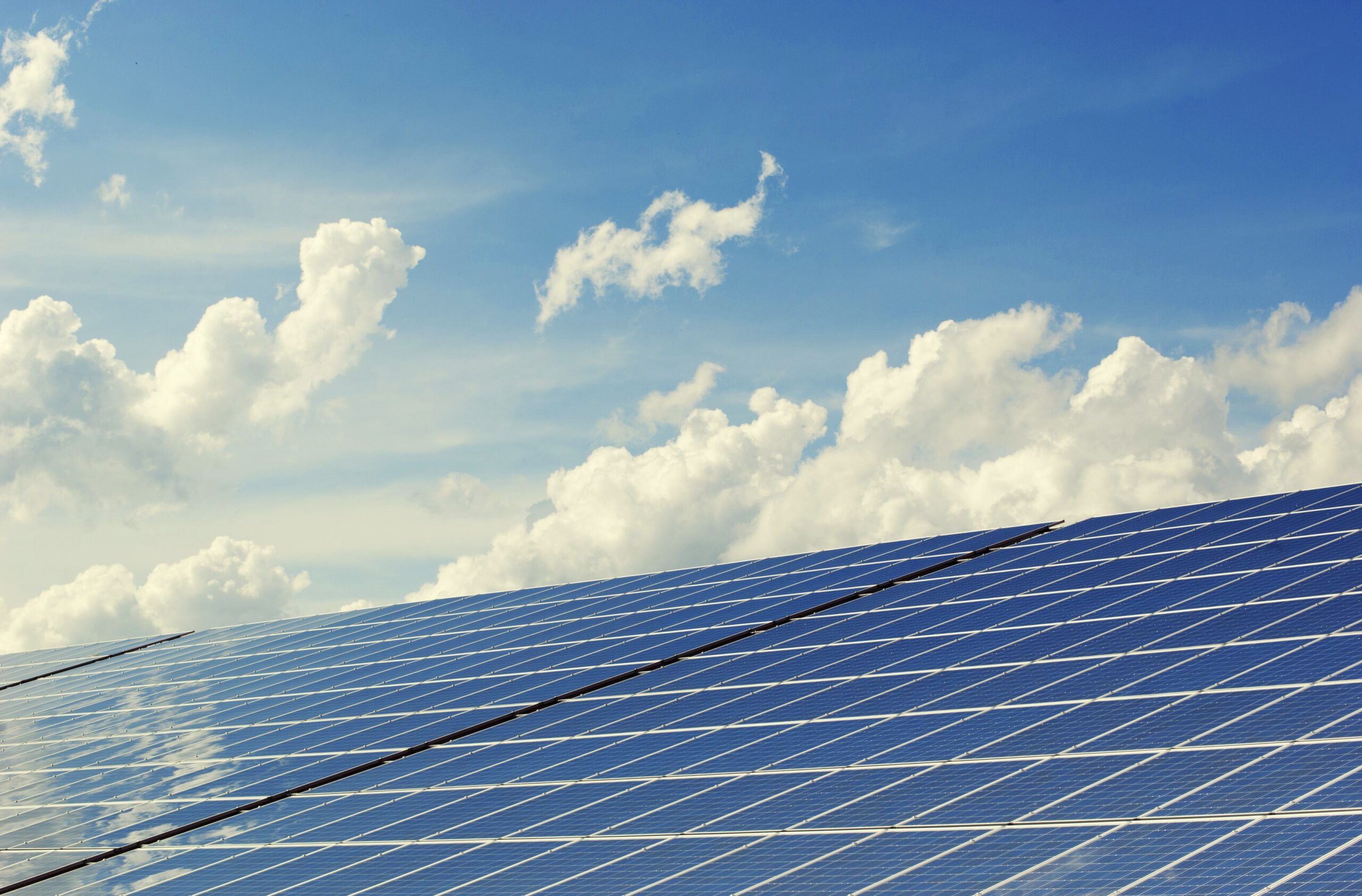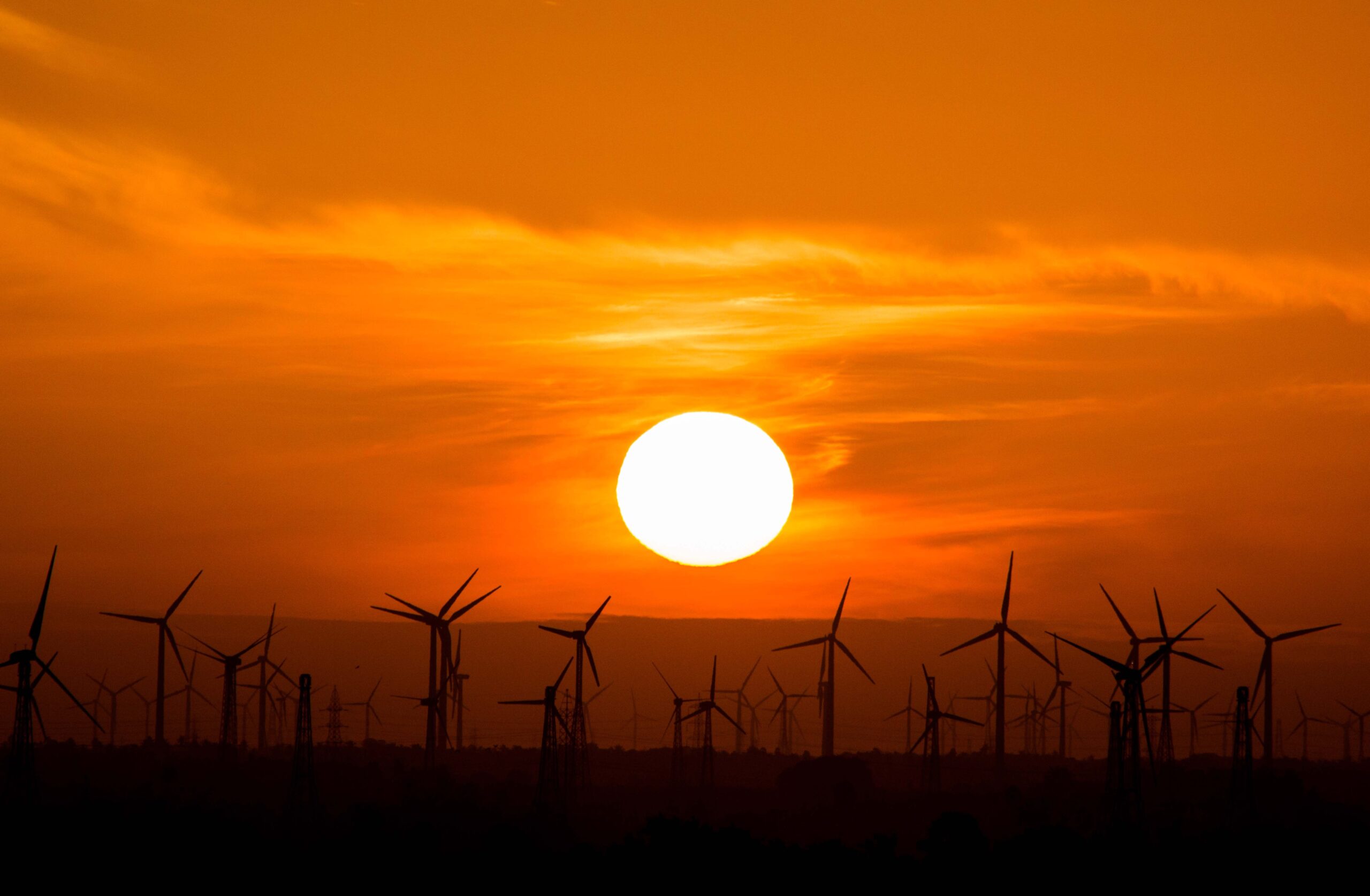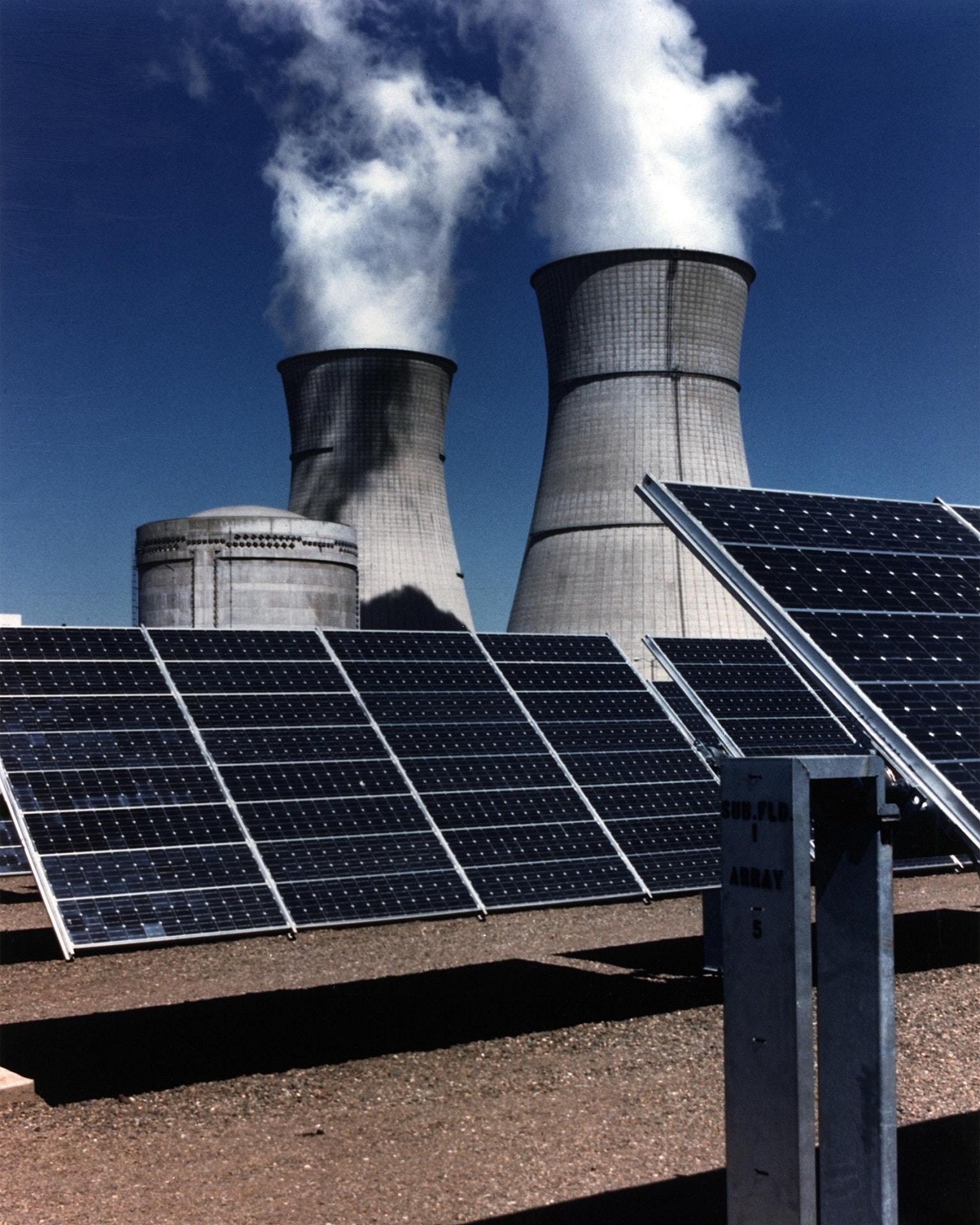Solar In India – The Chronicle Behind This Incredible Source Of Energy
by admin | Oct 20, 2022 | Solar Brick
The quantum of sun that strikes the earth’s face in an hour and a half is enough to handle the entire world’s energy consumption for a full time. Solar power is the conversion of energy from sun into electricity, either directly using photovoltaics, laterally using concentrated solar power, or a combination.

SOLAR ENERGY – THE ORIGIN
In proposition, solar energy was used by humans as early as 7th century B.C. when history tells us that humans used sun to light fires with magnifying glass accouterments. Later, in the 3rd century B.C., the Greeks and Romans were known to harness solar power with glasses to light firebugs for religious observances. These glasses became a regularized tool pertained to as “ burning glasses. ” Chinese civilization proved the use of glasses for the same purpose latterly in 20 bulletin
Another early use for solar energy that’s still a popular moment was the conception of “ solaria ” in structures. These solaria used massive windows to direct sun into one concentrated area. Some of the iconic Roman bathhouses, generally those positioned on the south- facing side of structures, were solaria . Later in the 1200s bulletin, ancestors to the Pueblo Native Americans known as the Anasazi positioned themselves in south- facing residences on escarpments to capture the sun’s warmth during cold downtime months.
THE RISE OF SOLAR PANELS
The development of solar panel technology was an iterative bone that took a number of benefits from colorful scientists. Naturally, there’s some debate around when exactly they were created and who should be credited for the invention. Some people credit the invention of the solar cell to French scientist Edmond Becquerel, who determined light could increase electricity generation when two essence electrodes were placed into a conducting result. This advance, defined as the “ photovoltaic effect, ” was influential in after PV developments with the element selenium.
Still, solar cells as we know them are made with silicon, not selenium. Thus, some consider the true invention of solar panels to be tied to Daryl Chapin, Calvin Fuller, and Gerald Pearson’s creation of the silicon photovoltaic(PV) cell at Bell Labs in 1954. numerous argue that this event marks the true invention of PV technology because it was the first case of a solar technology that could actually power an electric device for several hours of a day. The first ever silicon solar cell could convert sun at four percent effectiveness, lower than a quarter of what ultramodern cells are able of.

SOLAR POWER AS A SOURCE OF ENERGY IN INDIA
Solar power in India is a fast developing industry as part of the renewable energy industry in India. The country’s solar installed capacity was 56.951 GW(gigawatt) as of 1 June 2022. Tamil Nadu had the 5th loftiest operating solar- power capacity in India in May 2018. The 648- MW Kamuthi Solar Power Project is the biggest operating design in the state. On 1 January 2018, NLC India Limited(NLCIL) commissioned a new 130 MW solar power design in Neyveli. As of 2021, total installed capacity stands at4.3 GW, with plans for capacity to double by 2022. The Indian Government had an original target of 20 GW capacity for 2022, which was achieved four times ahead of schedule. In 2015 the target was raised to 100 GW of solar capacity(including 40 GW from rooftop solar) by 2022, targeting an investment of US $100 billion.
India has established nearly 42 solar premises to make land available to the promoters of solar shops. The Ministry of New and Renewable Energy had stated that a farther36.03 GW(as of January 31, 2021) of solar systems are under colorful stages of perpetration and23.87 GW are in the extending process.

CURRENT STATUS OF SOLAR POWER IN INDIA
India is developing off-grid solar power for original energy requirements. Solar products have decreasingly helped to meet pastoral requirements; by the end of 2015 just under one million solar lanterns were vended in the country, reducing the need for kerosene.
During 2010-19, the foreign capital invested in India on Solar power systems was nearly20.7 billion US$
Lately, India achieved 5th global position in solar power deployment by surpassing Italy. Solar power capacity has increased by further than 11 times in the last five times from2.6 GW in March,2014 to 30 GW in July, 2019. Presently, solar tariff in India is veritably competitive and has achieved grid equality.
CHALLENGES FACED IN INDIA FOR GENERATING SOLAR ENERGY
-
-
-
The main disadvantage of solar energy is its attainability. The rainfall conditions are a major factor in the vacuity of solar radiation. So, we can’t say in a particular time the energy from solar will be available to us or not.
-
Land is also a secret reserve in India and as per capital vacuity is low. Large land area is needed, which occasionally isn’t doable.
-
-

-
-
-
To achieve a capacity of 60 GW for mileage scale systems by 2022, there would be a demand of about$ 40 billion. The government presently expects a big share of this to come from transnational sources. But a transnational fund for solar systems in India is veritably small.
-
Storage problem is also veritably serious. Suppose if the demand of power isn’t so high also the electricity produced by the solar factory will have to be stored nearly to force when demanded. This increases the cost of the design.
-
-
It’s pivotal to get ahead of all these walls and challenges, to reap the complete benefits of solar power. To do this, it’s essential that the government also takes steps to annihilate these challenges, along with big corporations and business houses.
